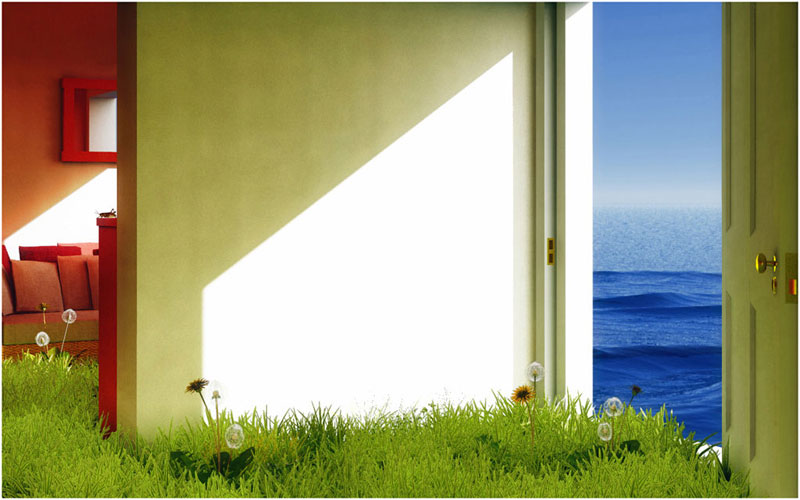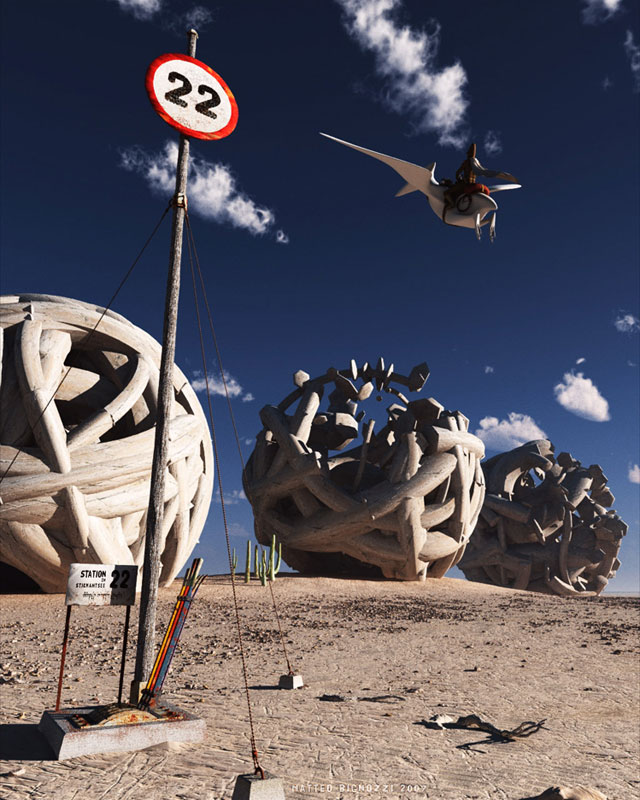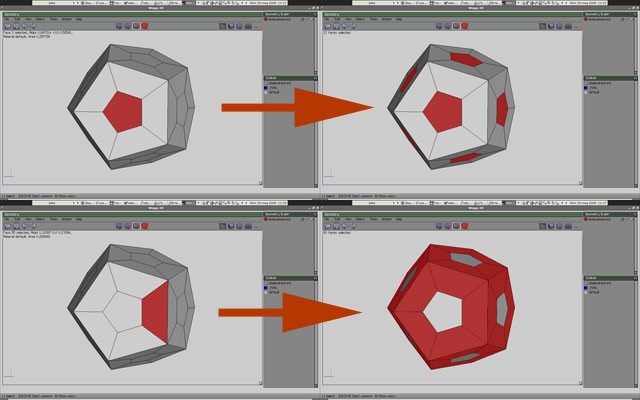Here my personal experience; I hope this helps you some more:
First of all, there is Vue d'Esprit 6, the cheap version, and Vue Infinite, more professional and expensive. Vue Infinite should be able to import Sketchup files directly, but I never tested how it works. I like Vue, because it can achieve results that look photorealistic, but are somehow surreal, odd. And this can be a great feature for architectural renderings. For photorealistic renderings I prefer Indigo and the superb plugin for sketchup Skindigo or Kerkythea.
I've noticed that Vue 6, but it works also with version 5, opens better 3ds files exported with sketchup than the obj ones.
The 3ds format keeps better the UV-mapping and the group hyerarchy. For example, if you export a floor with a wooden texture on it, it will keep the some texture size and orientation in Vue.
That's good for me, because I prefer to assign the materials in Sketchup: it is much more easy and faster.
There is another big advantage: textures based on bitmaps are usually faster to render than procedural textures allowing you to decrease dramatically the render time. The procedural textures of Vue are fun, but not so quick and easy to control. Of course, when you want to apply materials like simple metals or glass, you will find more useful the presets of Vue.
When exported to Vue, you can then further edit your material, adding specularity, bump, transparency and what else you need, making it more natural than in Sketchup.
Here a couple of renderings I made vith Vue d'Esprit:
the first one is based on the picture Rooms by the Sea of Edward Hopper, modeled in sketchp and rendered with Vue (the grass is also added in Vue)
the second is modeled with Groboto, Sketchup and Wings 3D and rendered with Vue. The flying character is inspired by Arzach of the french comic master Moebius.
/matteo




